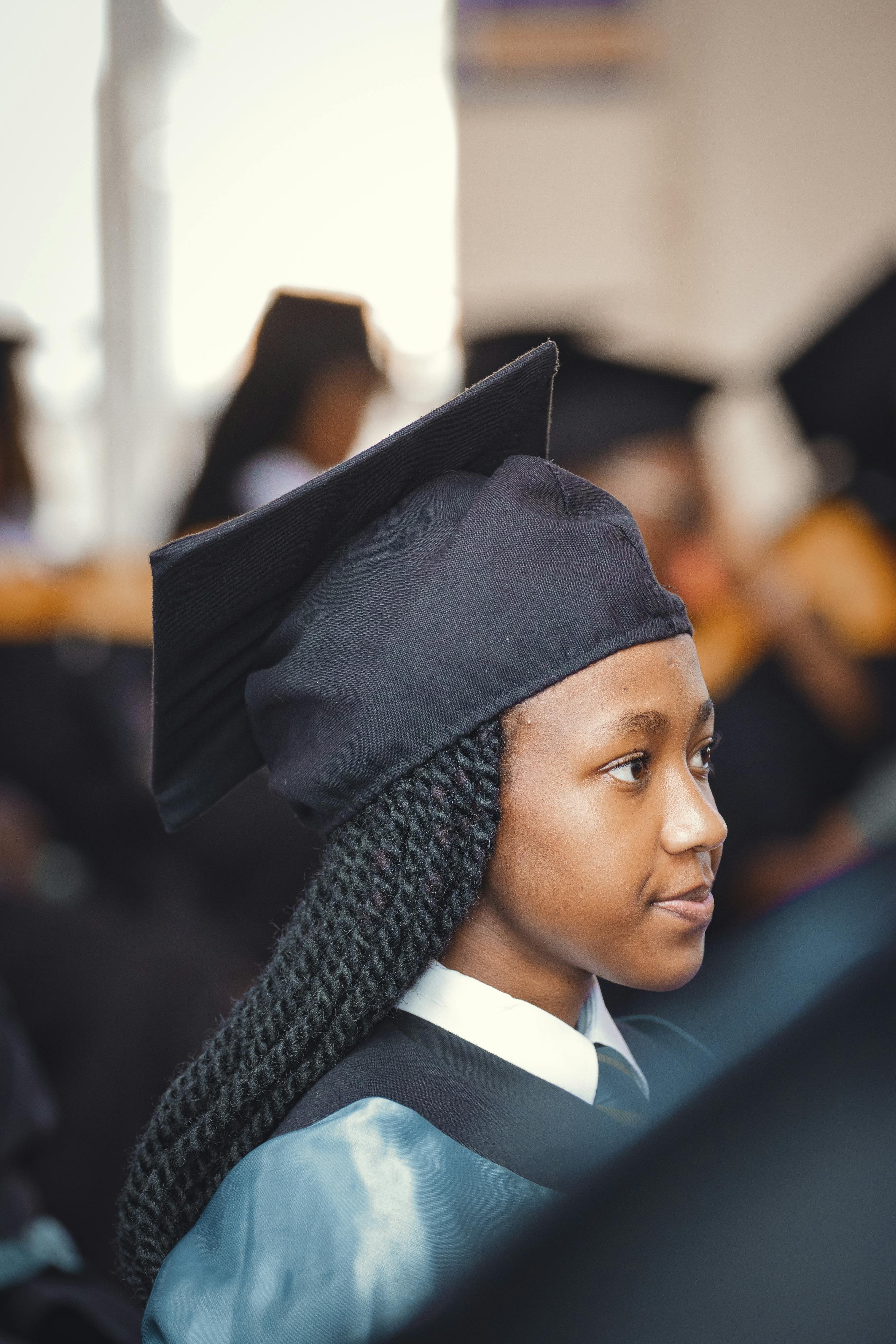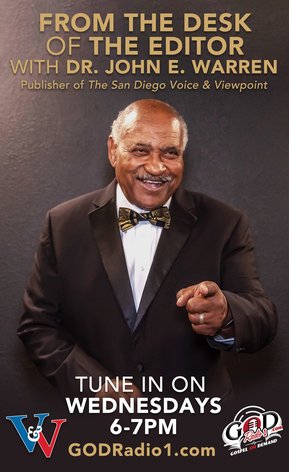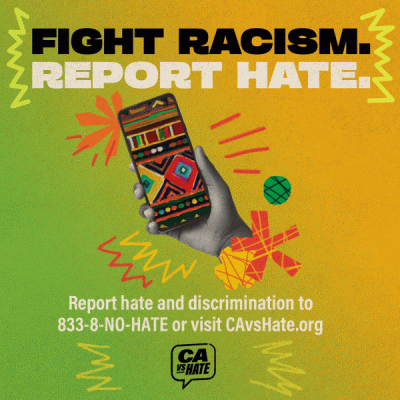
By
This is what choosing an excellent school for your child should look like: You go to your neighborhood school and sign them up.
But excellence isn’t just about academics, and a quick scroll through social media can lead you to plenty of folks sharing stories about being harassed, bullied, and ostracized because they were the only Black child in a well-funded, but predominantly white school. Or, if they were lucky, they were one of a handful.
Head to the neighborhood school, which may be warm, welcoming, culturally affirming, and majority-Black. But due to racial inequalities and systemic injustice, it’s also more likely to be underfunded — lacking advanced courses, experienced teachers, and up-to-date learning resources.
“As a Black person, where you send your kids is a “pick your poison” kind of situation society has set up for us,” Curtis Maples, a parent from Cincinnati, Ohio, recently shared in a post on Bluesky. “The more diversity in a school, the fewer the resources. The whiter the school, the more resources, but you also have to question the cultural and social development of your child,” Maples wrote.
His post is a snapshot of the complex decisions school choice initiatives create for Black parents. These policies promise families a pathway to the best academic environment for their children, but they often fail to deliver comprehensive solutions and resources for Black students.
“We purposefully chose not to move into an affluent, suburban neighborhood because we did not want to live somewhere lacking in class, race, and ethnic diversity,” Maples tells Word In Black. “However, do we send our kids to the neighborhood public school, which is not the best school, or do we send our kids to private school with significantly more affluent white students?”
Cultural vs. Academic Trade-Offs
A 2024 survey by The National School Choice Awareness Foundation found that 72% of Black parents were considering new schooling options for their children, and 63% had already searched for a new school. However, the expansion of school choice — often driven by conservative supporters seeking to siphon public dollars into funding private education for a few — has, for the most part, not benefited Black students.
“Generally, it’s supposed to mean students are supposed to have a plethora of choices of which schools they can go to depending on any number of factors,” Jose Vilson, the executive director of Educolor, told Word In Black last year. “It evolved — over the last 30-odd years, I’d say — into a way to privatize a public institution and provide false choice.”
Also, a researcher at Yale recently found that after analyzing achievement data in Boston, “cross-race school achievement gaps under choice are no lower than would be generated by a neighborhood assignment rule.”
Maples said when it came to choosing a school for his kids, cultural representation and racial diversity mattered just as much as academics — and outweighed the advantages of attending a more affluent, predominantly white school.
“We are most concerned about their social and cultural development,” he said about his kids “We want them to grow up seeing and interacting with working-class people at school and learning from Black teachers as much as possible.”
According to the most recent federal data, 81% of teachers at traditional public schools and 69% of teachers at charter schools are white. It’s been nearly 30 years since researcher and psychologist Beverly Daniel Tatum published “Why Are All the Black Kids Sitting Together in the Cafeteria?” And the fact is still true that, as she wrote, being in a racially oppressive space “is physically and psychologically taxing.”
In her 2022 dissertation on the effects of predominantly white school culture on Black students, Northeastern University doctoral student Rachel Deleveaux wrote that “Black students are often required to give up social, cultural, and ethnic integrity to achieve academic success at most White administrators/teacher-led schools.”
Maples says he worried about his children “absorbing white attitudes about Black people or feeling alienated from Black culture due to not being around enough of it.”
On the flip side, underfunded schools in diverse neighborhoods often lack critical resources.
In 2020, research from The Century Foundation revealed that public schools in the U.S. are underfunded by $150 billion annually, with districts serving higher concentrations of Black and Latino students bearing the brunt of these deficits. The Education Trust also reported in 2022 that Black students were 3.5 times more likely to be in chronically underfunded districts, which further hinders their education.
Where Do We Go From Here?
Ultimately, a parent should be able to send their child to whatever school they choose and be assured that their academic and cultural needs will be met. “The luck of who a child’s parents are or where they live shouldn’t determine the baseline quality of their education,” Maples says.
But that requires reform far beyond individual decisions.
“Funding, funding, funding is the biggest thing” that needs to change, Maples says. “Public school funding by property taxes and for private schools should come to an end, or else Black students, especially in historically redlined neighborhoods, will continue to face under-resourced schools.”
Until those changes come, Maples advises that Black parents must navigate these challenges with intention and resilience.
“Ignore rankings and tour schools. Interview teachers, and focus on what’s best for your family. There are many choices in between. But whatever you choose, understand there will be trade-offs, and only you can decide what’s worth it.”



